Discovering Bali: My Most Genuine Travel Experiences and Tips
When making travel plans, I noticed many people mentioning the strong sense of “disconnection” in this place. As I strolled through the streets, I encountered more white people than I had seen in Sydney or Melbourne, truly making it feel like Australia’s hidden backyard. Among them, I also spotted Chinese tourists, dressed to the nines and determined to capture every moment for a lifetime.
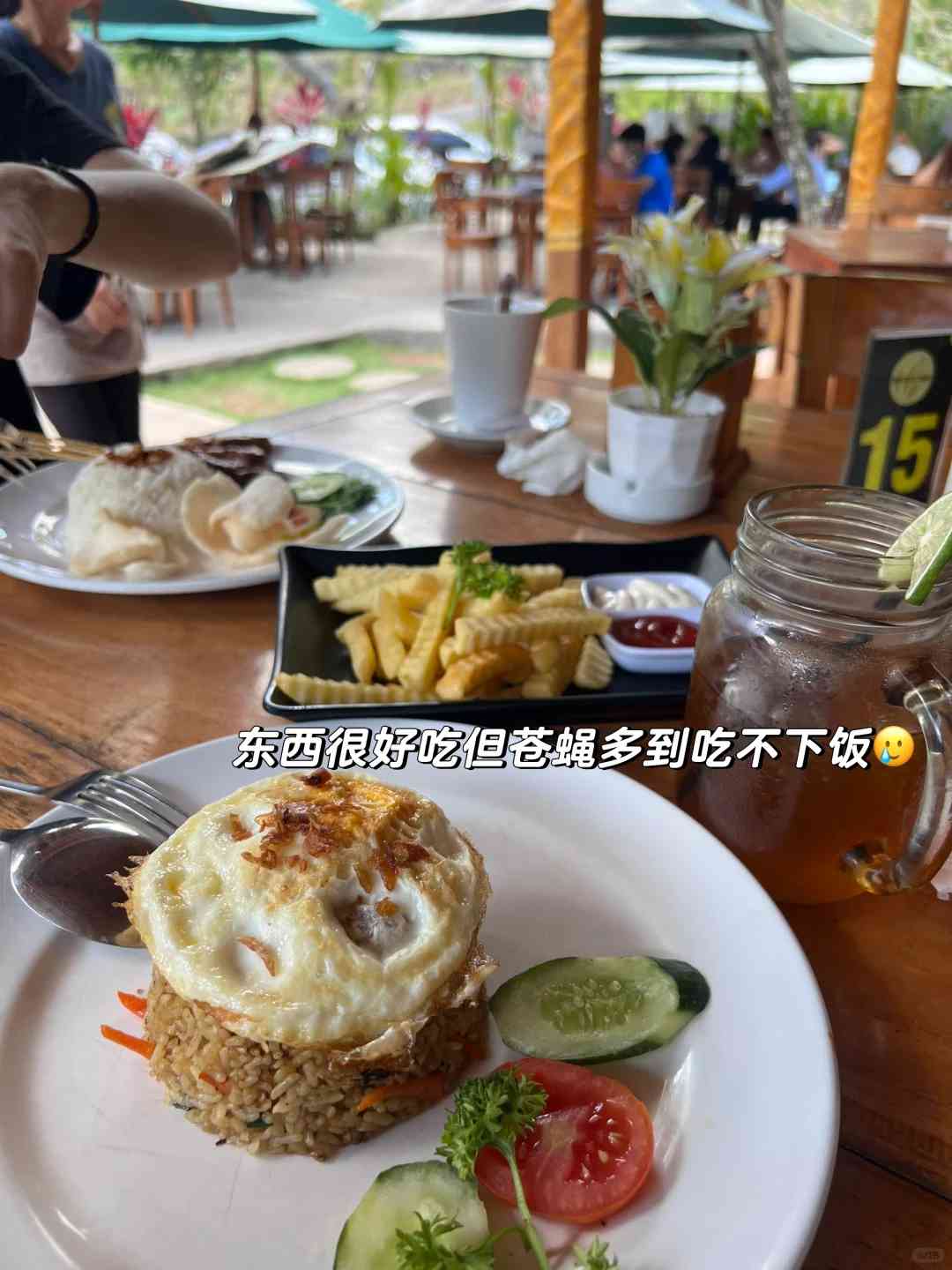
Additionally, the local residents are incredibly industrious, constantly striving to attract customers to make ends meet.
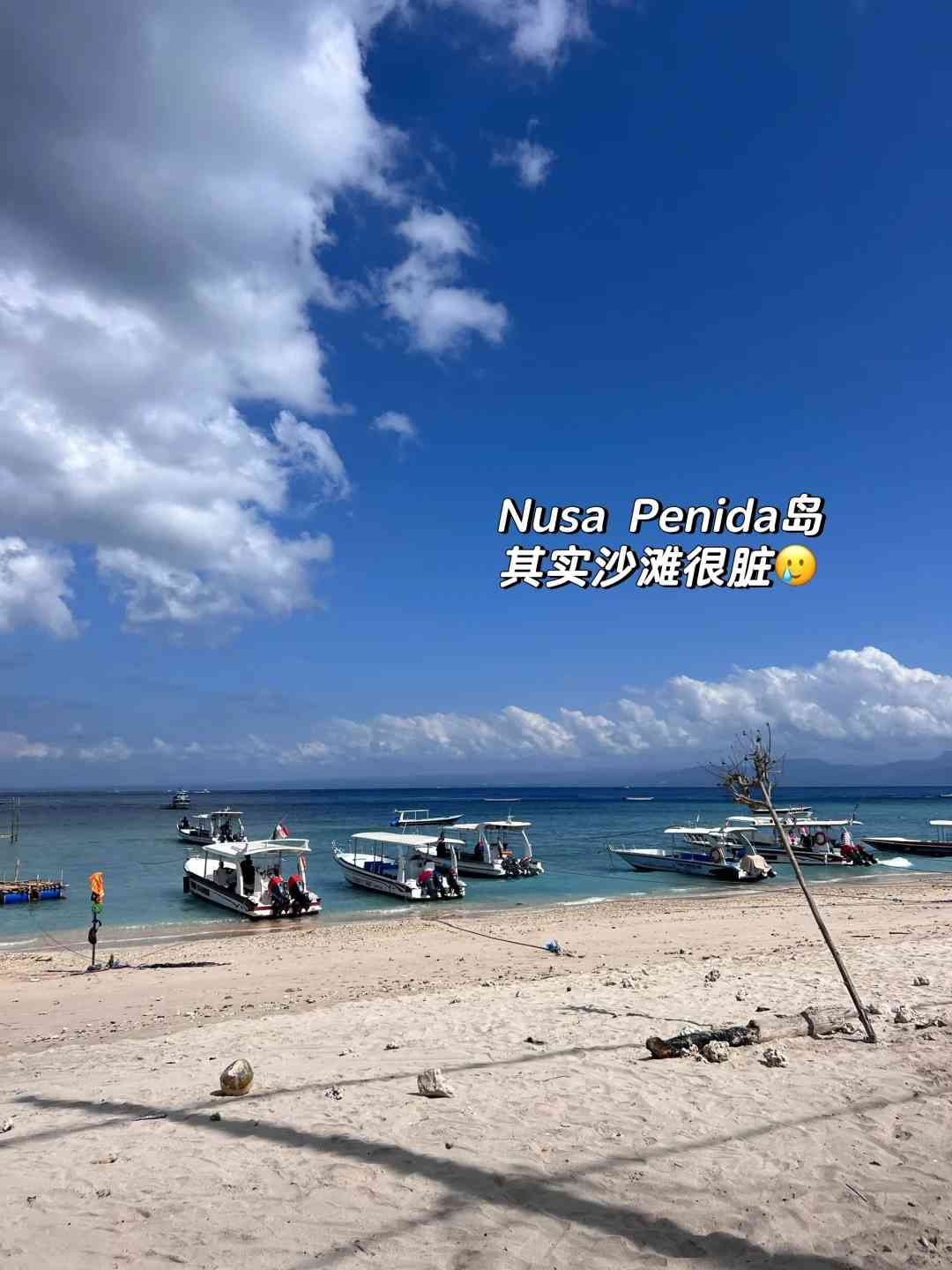
Since I can understand some Indonesian, the locals seem particularly warm and expressive towards me (and my companions). Every conversation feels like they are putting their best foot forward, especially when I travel solo.
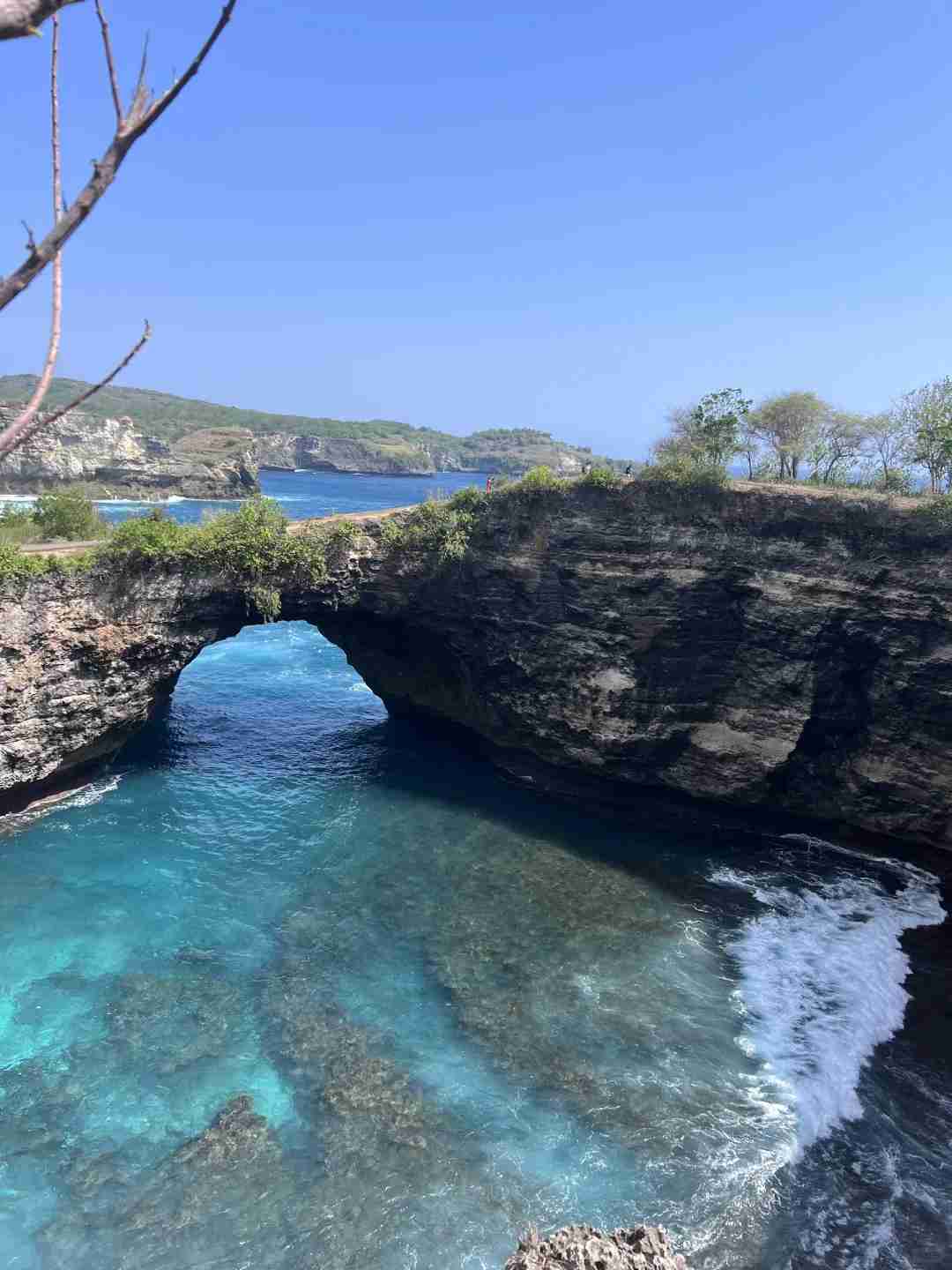
This place feels entirely dedicated to the tourism industry, almost like a new “colony.” Capitalists from developed nations have recognized the tourism potential here and have molded it to fit the Western vision of an “Eastern paradise.” Yoga retreats, spiritual practices, affordable dining, and water activities.
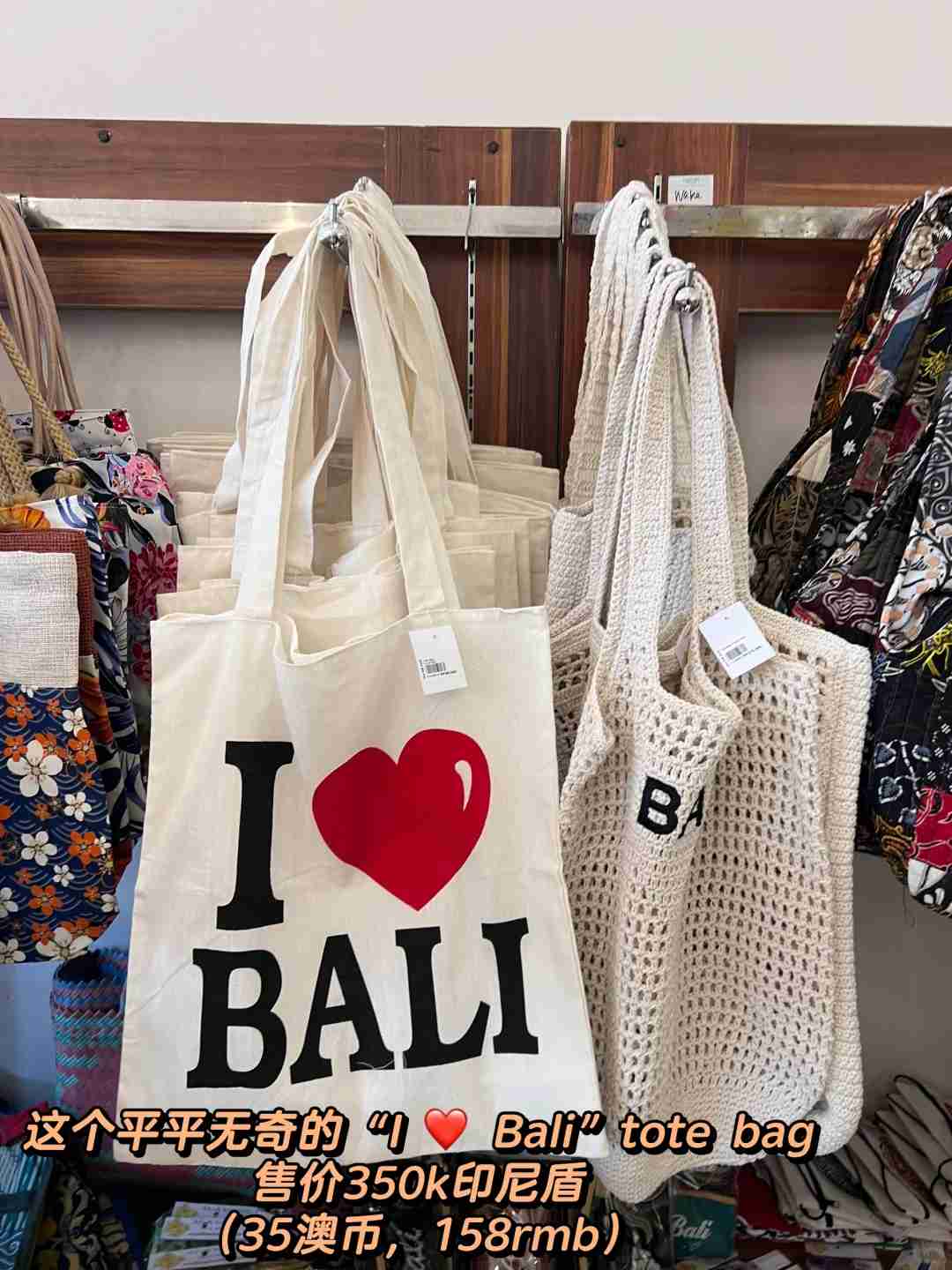
.. The prices are a third of what you’d pay in Europe and half of what you’d pay in Australia. It’s easy to imagine that white tourists enjoy a certain level of privilege here. Even as a Chinese visitor, I can sense the “different treatment.”
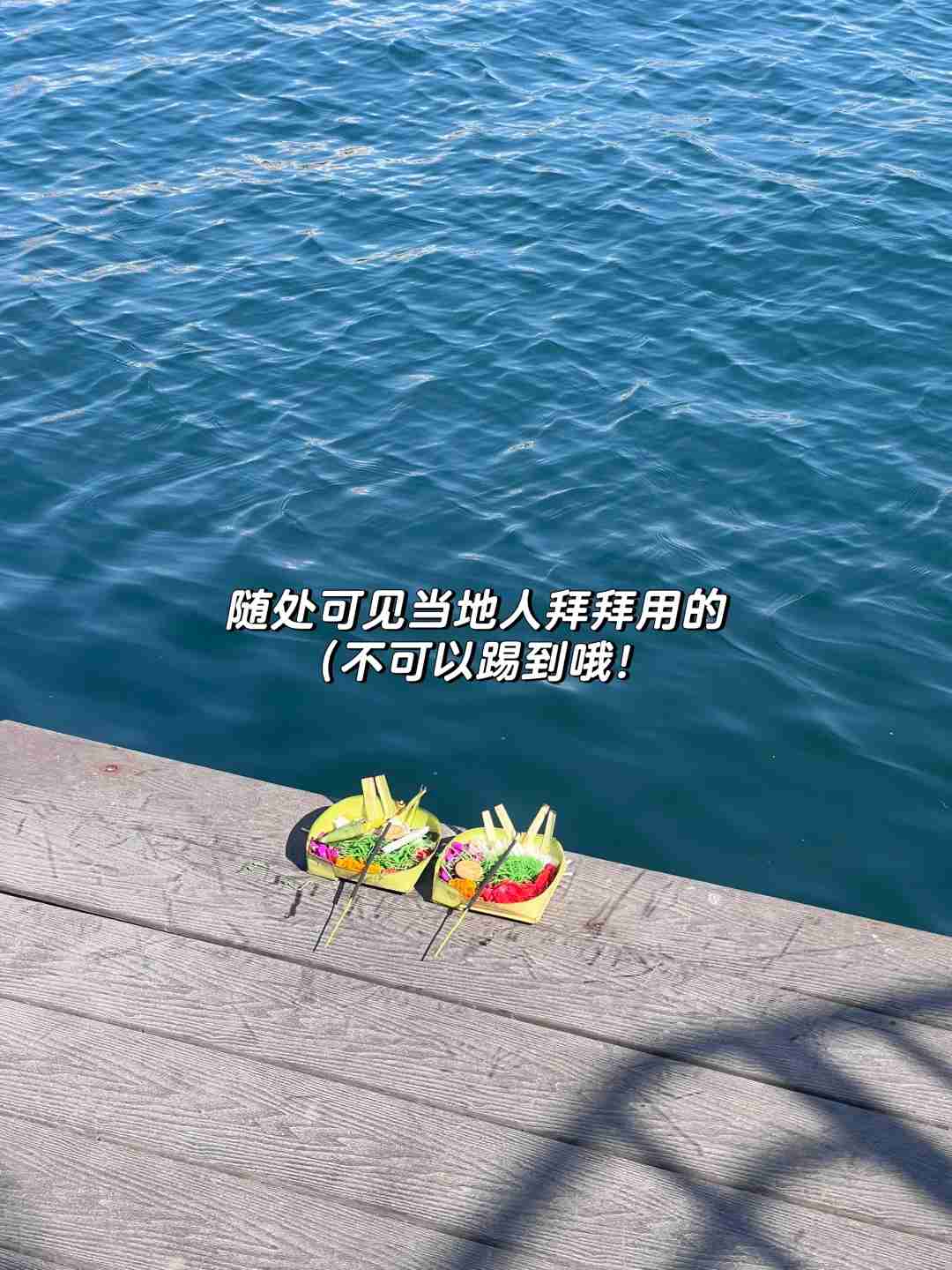
The villa offered me the ultimate in service, beauty, and tranquility, but stepping outside, the stinky ditches and large potholes on the road immediately brought me back to reality.
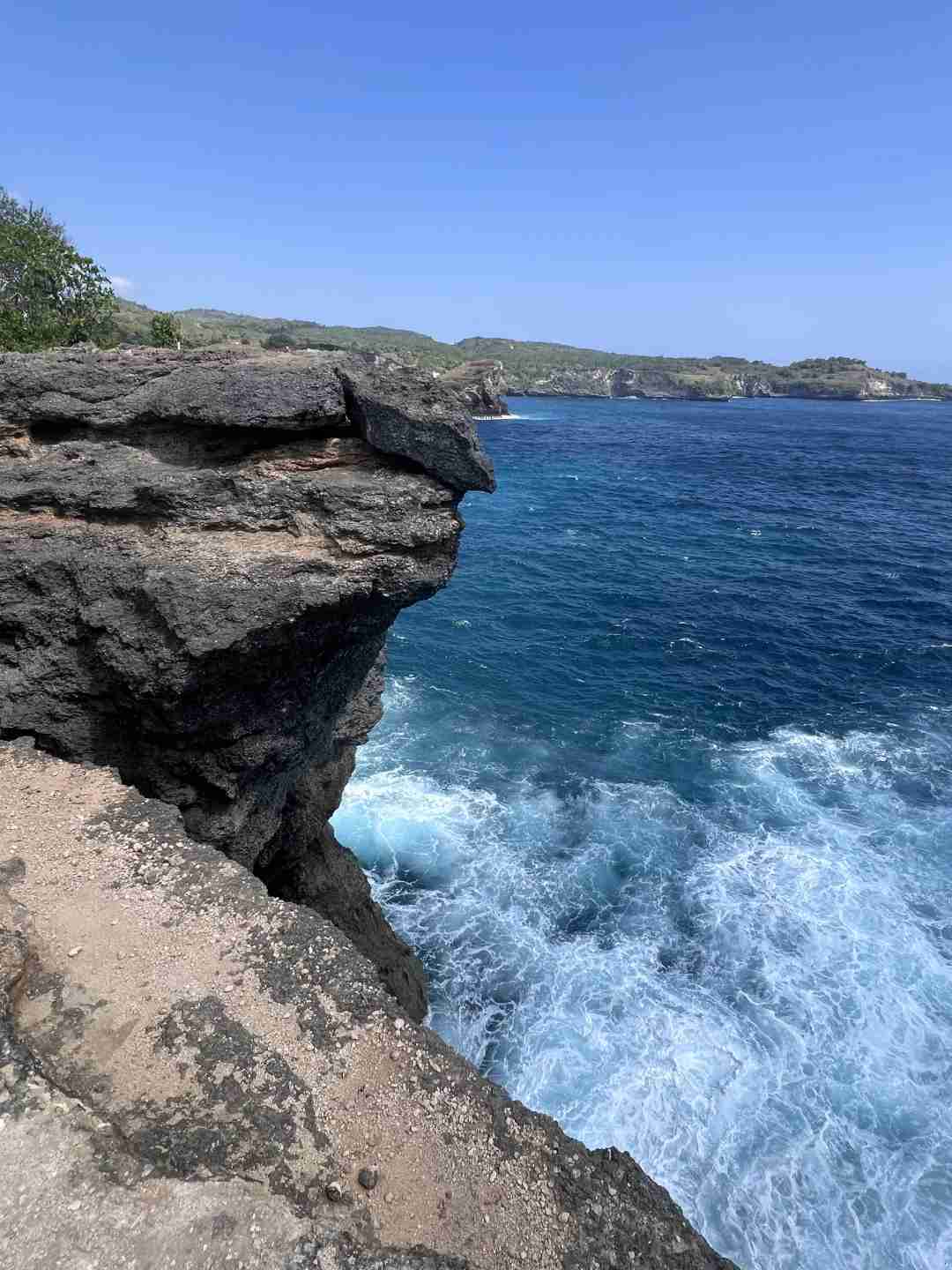
The walls around the hotel not only enclose my idealized vision of the city but also mask the stark “sense of disconnection.”

The infrastructure here is in a state of disarray. To reach the breathtakingly beautiful Spirit Cliff, we had to drive on a bumpy, unpaved road. Every bump in the car had me silently praying for my ancestors’ protection, hoping not to meet an untimely end in a foreign land.
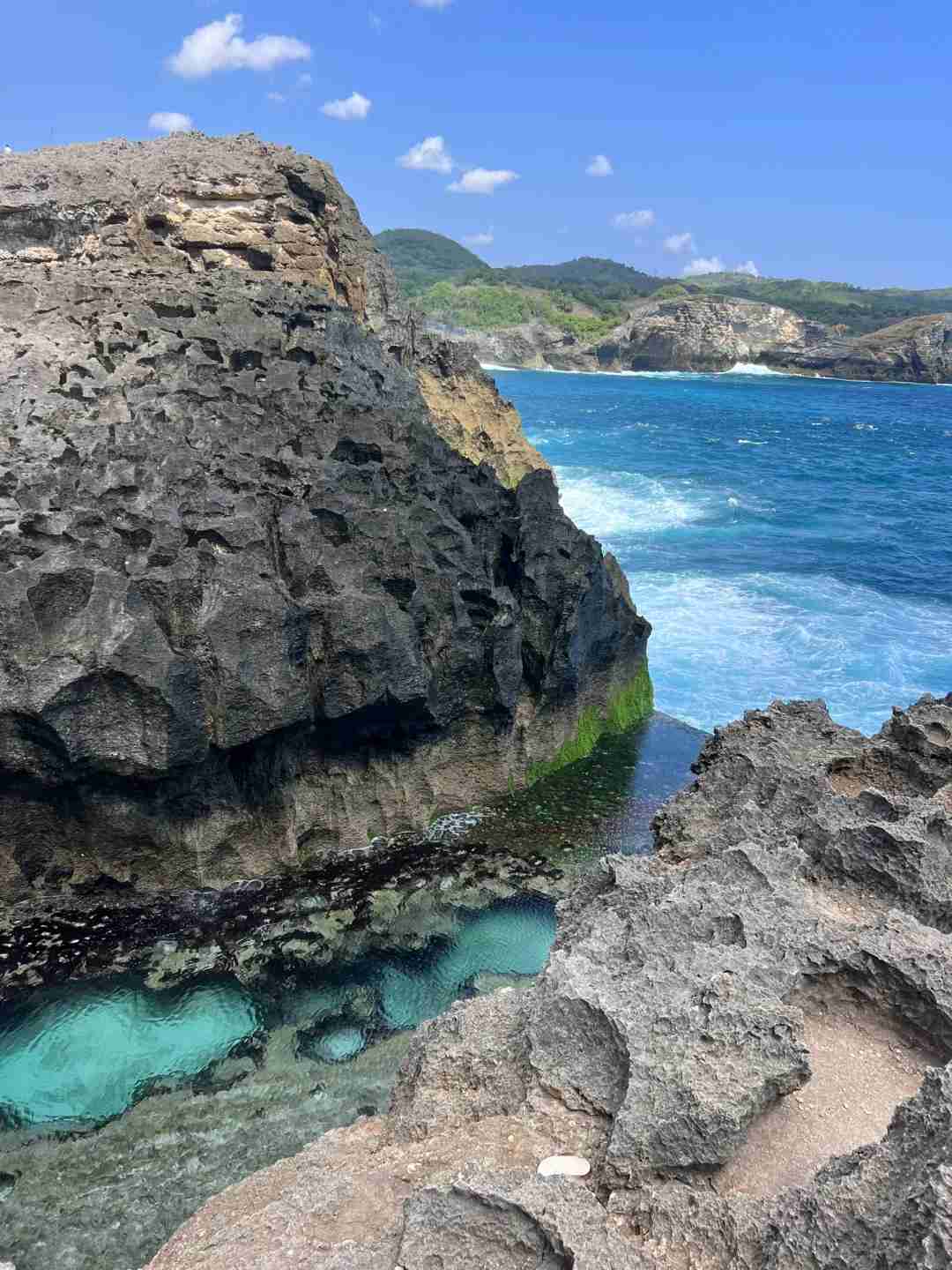
Elegant shop windows contrast sharply with street vendors, and while the architecture emphasizes “Bali style,” the signs are predominantly in English. The prices at restaurants clearly cater to foreign tourists, nearly matching my spending in Australia. However, we were fortunate to find a delightful local eatery where a full meal cost us about 6 Australian dollars per person 😋.
In conversations with the locals, I mentioned the cost of snorkeling and sightseeing (70 Australian dollars), and they were utterly shocked. For them, this amount is astronomical, equivalent to their travel expenses back home.
I struggle to describe the discomfort this sense of disconnection brings. Despite this, I still have a strong desire to explore this city again, as the language, culture, and eating habits are quite similar to 🇲🇾.
But what will it be like the next time I come? Will there be more luxurious accommodations, yet the infrastructure remains poor? Or will the temperature rise to unbearable levels? Perhaps we will discover a “healing path” here?
In summary, this enchanting destination is a perfect choice for a romantic honeymoon, offering exceptional value for luxurious accommodations. However, it might be wise to skip the water activities; Malaysia boasts even more stunning scenery and provides a safer, more affordable alternative.

